Descripción
Introducción
Se pueden usar cupones de corrosión para probar la tasa de corrosión en diferentes industrias, como la industria del petróleo y el gas y la industria del agua. Los cupones de corrosión retráctil de EMT-RCC vienen con una herramienta de recuperación que permite desarmar el cupón para las tuberías bajo presión. La presión diseñada es inferior a 10 MPa. Durante la operación, la profundidad de implantación del cupón de corrosión se puede ajustar para acomodar el diámetro y el grosor de la pared de la tubería. El sistema estándar está disponible en varias longitudes: 24, 30, 36, 42 y 48 pulgadas (para satisfacer las necesidades del cliente), lo que lo hace adecuado para tuberías de diferentes diámetros. Los cupones de corrosión retráctiles EMT comprenden un cupón de corrosión, una válvula de bola y un kit de abrazadera de seguridad ajustable. Se recomienda utilizar el cierre de seguridad cuando la presión de la tubería cae por debajo de 1500 psi y la temperatura cae por debajo de 500 ° F.
Understanding the Test Results: Take the Water System as An Example
The corrosion rate of a coupon is determined by the amount of metal lost over a specified period. To determine metal loss, the coupons are meticulously weighed and reported before and after. Corrosive “pitting” is also quantified by measuring the area of the pitted surface.
Location, exposure length, pH, water temperature, coupon design or placement, flow velocity, and current water treatments are all factors that influence the corrosion rate.
Following the evaluation, the technician will compute the rate in mils per year. Each metal or alloy has a different allowable corrosion rate.
Acero inoxidable
| Evaporative Water Systems | Closed Water Systems | |
| Acceptable | <0.1 MPY | <0.1 MPY |
| Unacceptable | >0.1 MPY | >0.1 MPY |
Copper and Copper Alloys
| Evaporative Water Systems | Closed Water Systems | |
| Pretty Good | <0.1 MPY | ≤0.1 MPY |
| Very Good | 0.1-0.25 MPY | 0.1-0.15 MPY |
| Bien | 0.25-0.35 MPY | 0.15-0.20 MPY |
| Fair | 0.35-0.5 MPY | 0.2-0.3 MPY |
| Pobre | 0.5-1.0 MPY | 0.3-0.5 MPY |
| Unacceptable | >1.0 MPY | ≥0.5 MPY |
Low Carbon Steel
| Evaporative Water Systems | Closed Water Systems | |
| Pretty Good | ≤1.0 MPY | ≤0.2 MPY |
| Very Good | 1.0-3.0 MPY | 0.2-0.3 MPY |
| Bien | 3.0-5.0 MPY | 0.3-0.5 MPY |
| Fair | 5.0-8.0 MPY | 0.5-0.8 MPY |
| Pobre | 8.0-10.0 MPY | 0.8-1.0 MPY |
| Unacceptable | >10 MPY | ≥1.0 MPY |
Aluminum
| Evaporative Water Systems | Closed Water Systems | |
| Acceptable | <0.2 MPY | <0.2 MPY |
| Marginal | 0.2-0.25 MPY | 0.2-0.25 MPY |
| Unacceptable | >0.25 MPY | >0.25 MPY |
Components of EMT Retractable Corrosion Coupons
| Safety Clamp Assembly | This part guarantees that the system is securely attached to the pipeline. It is intended to withstand the system’s high pressure and temperature conditions. |
| Lock Nut | The lock nut is critical in locking the system and preventing it from loosening due to pipeline vibration or pressure variations. |
| Sealing Nut | La tuerca de sellado, junto con la tuerca de bloqueo, forma un sello seguro y apretado, evitando la fuga de la tubería. |
| Tubo de conexión | Esta es la pieza del sistema que vincula el cupón de corrosión a la tubería. Está construido para soportar los mismos niveles de presión y temperatura que la tubería. |
| Válvula de bola de diámetro completo | El flujo de los medios de tubería está controlado por esta válvula. Puede detenerse completamente o permitir el flujo completo, lo cual es crítico para el mantenimiento y la operación del sistema. |
| Base soldada | La base soldada sirve como base del sistema de cupón, proporcionando una plataforma robusta y resistente para los otros componentes. |
| Barra de montaje de cupón | Esta barra asegura el cupón de corrosión y es ajustable para que se ajuste a varios diámetros de tubería y espesores de la pared. |
| Tuerca de ajuste | La tuerca de ajuste permite que el cupón de corrosión se coloque con precisión dentro de la tubería. Esto es esencial para adquirir datos de corrosión precisos. |
| Abrazadera de seguridad superior | Esta abrazadera une la porción superior del sistema y funciona en conjunto con la abrazadera de seguridad inferior para garantizar que el sistema esté firmado de forma segura a la tubería. |
| Tuerca de bloqueo | La tuerca de bloqueo agrega una capa adicional de protección al sistema asegurando que las modificaciones de la posición del cupón permanezcan fijas durante toda la operación. |
| Abrazadera inferior a la seguridad | Esta abrazadera asegura la parte inferior del sistema, colaborando con la abrazadera de seguridad más alta para proporcionar una conexión ajustada y segura a la tubería. |
Reinstalación de Cupones de corrosión retráctiles EMT-RCC
Cuando el reemplazo del cupón de corrosión se complete o se reinstale después de la inspección, continúe con la reinstalación del dispositivo de cupón. Continúe con la reinstalación del dispositivo de cupón cuando el reemplazo del cupón de corrosión se complete o se reinstale después del trabajo de inspección.
(1) Verifique si la varilla de ajuste está en posición.
La distancia entre las dos abrazaderas de seguridad debe medirse y ajustarse (L2 = 515525 mm). Si no se ajusta a esta condición, su rango debe ajustarse. (Nota: Durante el procedimiento de ajuste, mantenga la abrazadera de seguridad más baja estacionaria y solo ajuste la abrazadera de seguridad superior).
(2) Reemplace el compuesto de sellado.
Limpie el material de sellado residual de las roscas de la tubería de rama y la tuerca de sellado, luego envuelva el nuevo material de sellado alrededor de las roscas.
(3) Conecte el dispositivo de cupón.
Alinee el dispositivo de cupón con las roscas de la tubería de la rama, lo aprieta a mano hasta que no se mueva, y luego apriete la tuerca de sellado con una llave.
(4) Encienda la válvula.
Verifique si hay fugas en la conexión de la tubería de rama y cualquier conexión roscada después de abrir la válvula. Cierre la válvula si hay una fuga, luego lidie con el sello con fugas (cambie el material de sellado o reemplace las piezas, mantenga y reinstale). Si todavía hay una fuga, repita este proceso hasta que no exista fugas.
(5) Devuelva la abrazadera de seguridad superior a su posición original.
Ajuste la tuerca de ajuste inferior de la abrazadera de seguridad superior a la posición más baja tan pronto como afecte el ajuste de la tuerca de ajuste superior. A la distancia del registro de instalación original L, ajuste la distancia entre la abrazadera de seguridad superior y la superficie de la base soldada; Vea el paso 4 de la instalación inicial. Al apretar las tuercas, una persona puede apretar alternativamente las dos tuercas, o dos personas pueden apretar las dos tuercas simultáneamente, esforzándose por mantener la abrazadera de seguridad superior perpendicular a la barra de soporte del cupón para evitar la inclinación excesiva.
(6) Aplicar la barra de soporte de cupón en su lugar.
Después de ajustar la abrazadera de seguridad superior, verifique la dirección de la varilla de soporte del cupón y gírela de tal manera que la superficie del indicador apunte en la dirección del flujo medio de la tubería. Apriete las tuercas de ajuste superior e inferior de la abrazadera de seguridad superior, e inspeccione y apriete la tuerca de bloqueo de la abrazadera de seguridad inferior. La instalación está terminada.
El proceso de reinstalación ahora está completo.
Conclusión
El cupón de corrosión retráctil EMT-RCC proporciona una herramienta crítica para evaluar las tasas de corrosión en diversas industrias, incluidos los sectores de petróleo, gas y agua. El diseño retráctil, la profundidad de implantación ajustable y varias longitudes lo convierten en una solución versátil para tuberías de diferentes diámetros y espesores de la pared. Este sistema, que comprende un cupón de corrosión, una válvula de bola y un kit de abrazadera de seguridad ajustable, ofrece un método práctico, seguro y eficiente para el análisis de corrosión en diferentes condiciones de tubería.
Comprender los resultados de la prueba, como el grado de pérdida de metales y picaduras, es crucial para mantener la integridad de estos sistemas. Factores como la ubicación, la longitud de la exposición, el pH, la temperatura del agua, el diseño o la colocación del cupón, la velocidad del flujo y los tratamientos actuales de agua influyen significativamente en la tasa de corrosión. Con el cupón de corrosión retráctil EMT-RCC, las industrias pueden monitorear y gestionar la corrosión de manera efectiva, asegurando la eficiencia operativa y la sostenibilidad a largo plazo de sus sistemas de tuberías.

.jpg)
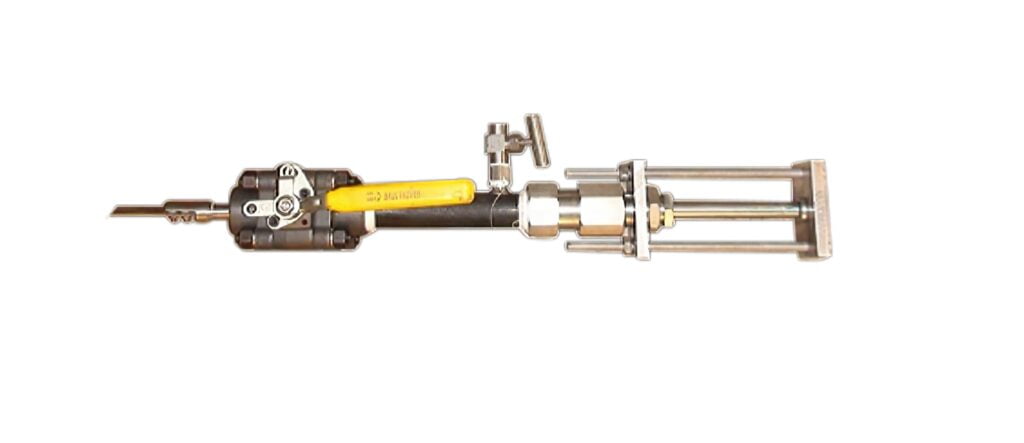

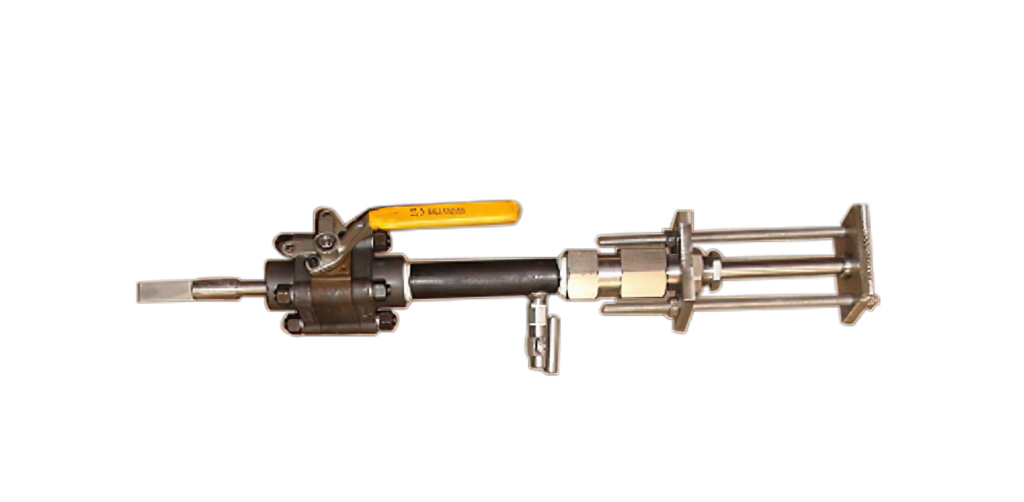
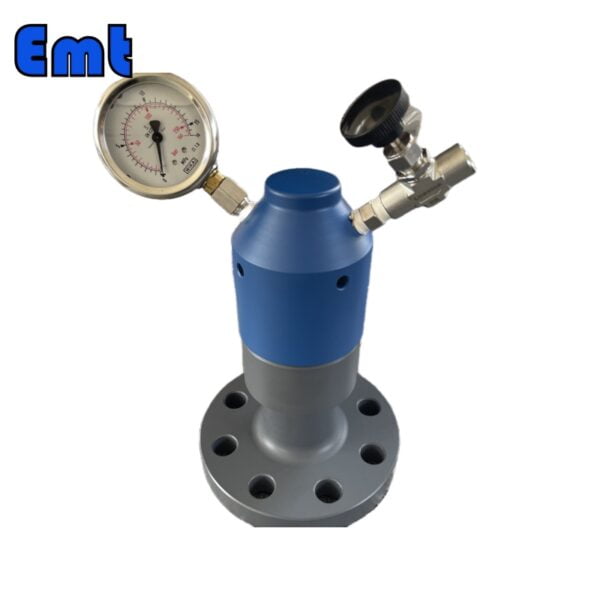
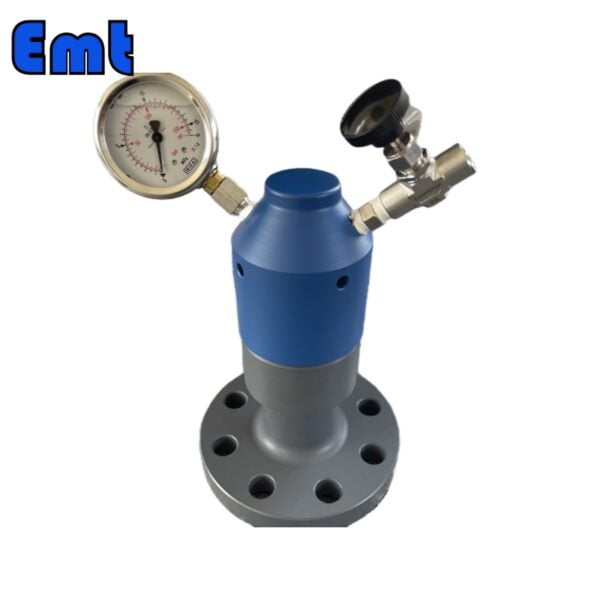
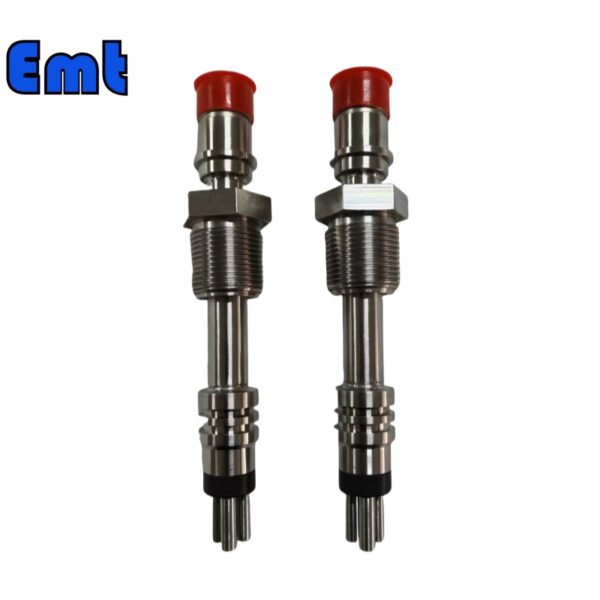
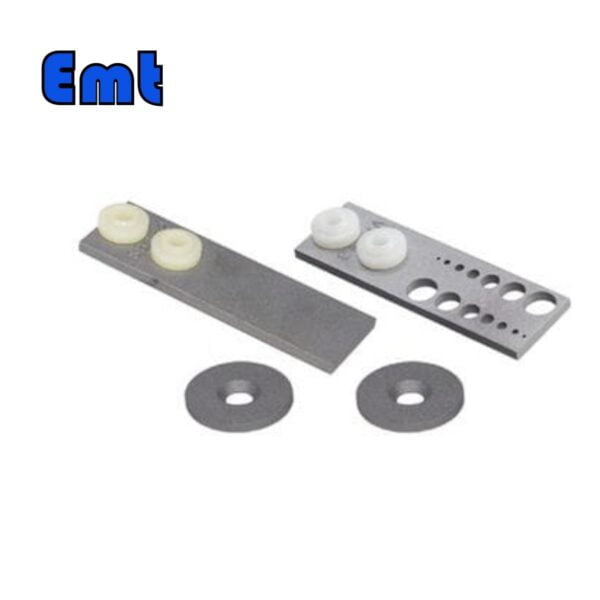
Reseñas
Aún no hay reseñas.